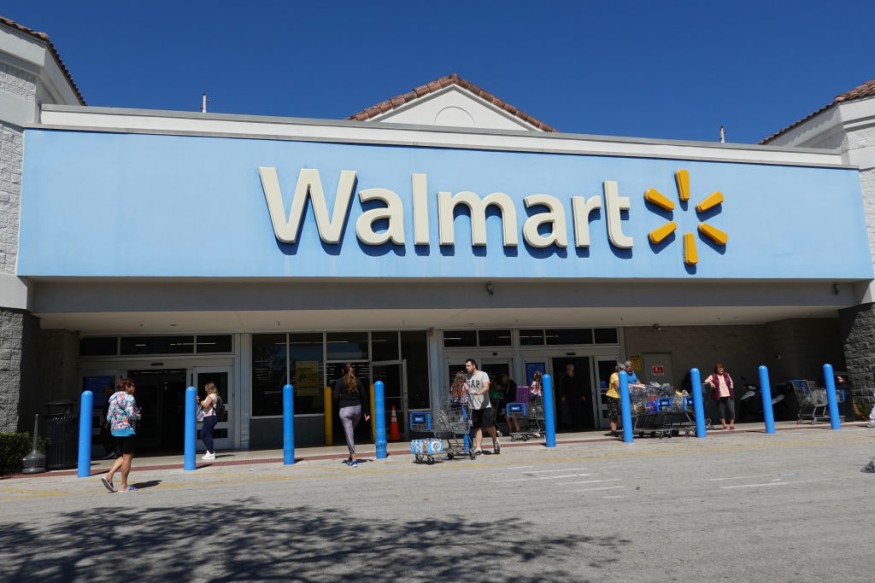Fewer Self-Checkouts at Walmart: Could This Mean More Cashiers and Lower Prices?
Walmart is getting rid of the self-service lanes at a store in Missouri, joining the ranks of businesses reevaluating self-checkout.

A month after Dollar General cut self-checkout at hundreds of its sites and Target declared that only customers purchasing 10 items or fewer may use the self-checkout lane at its shops, the Walmart store in Shrewsbury, a suburb of St. Louis, has returned to human-staffed registers. In 300 places where stealing is most prevalent, the choice was completely eliminated.
According to Neil Saunders, managing director of retail at GlobalData, while retailers are scaling back on self-checkout, they are not completely abandoning it. Saunders explained to CBS MoneyWatch, "They are trying to see how this fits into the future, but it won't be the same as before, where it was a free-for-all. There is a lot more caution."
Walmart mentioned customer feedback as a factor in its decision to remove self-checkout kiosks at its store in Shrewsbury.
A spokesperson for Walmart stated via email, "As part of our announced plans for additional investments and improvements to stores across the country, we're converting the self-checkout lanes at our 7437 Watson Road store in Shrewsbury, MO., to traditional checkout lanes. We believe the change will improve the in-store shopping experience and give our associates the chance to provide more personalized and efficient service."
The Allure of Self-Checkouts
During the pandemic, self-checkout became more and more popular with both customers and businesses. It allowed customers to spend less time with other people and alleviated a labor crisis that made manning registers more challenging.
Nevertheless, once the epidemic subsided, a lot of consumers went back to their regular shopping routines, and the attractiveness of self-checkout diminished.
However, Saunders claims that the main cause of some stores abandoning self-checkout and restricting it in others is growing theft, which is a component of what merchants refer to as "shrink".
After discovering that non-members were breaking in to use membership cards that didn't belong to them at self-checkout, Costco increased staffing in self-checkout locations in November. According to Costco, "in part we believe due to the rollout of self-checkout," there was a rise in shrink in 2023.
Along with completely eliminating self-checkout in certain shops, Safeway has implemented a receipt-scanning gate at several of its self-checkout sites in California. This is an alternative strategy.
Could This Affect Prices?
The removal of self-checkout kiosks at Walmart's store in Shrewsbury and the transition to traditional checkout lanes may not directly impact prices at the store. However, the shift could potentially lead to changes in operational efficiency and customer service, which may indirectly influence pricing strategies.
With a focus on providing more personalized and efficient service through traditional checkout lanes, Walmart aims to enhance the overall in-store shopping experience. This improved service could potentially contribute to higher customer satisfaction and loyalty, which in turn may positively impact sales and revenue.
However, it's important to note that pricing decisions at large retailers like Walmart are influenced by various factors, including market competition, supply chain costs, and consumer demand. While changes in operational strategies can influence overall customer experience, they may not necessarily translate directly into changes in product prices.
Copyright © MoneyTimes.com












